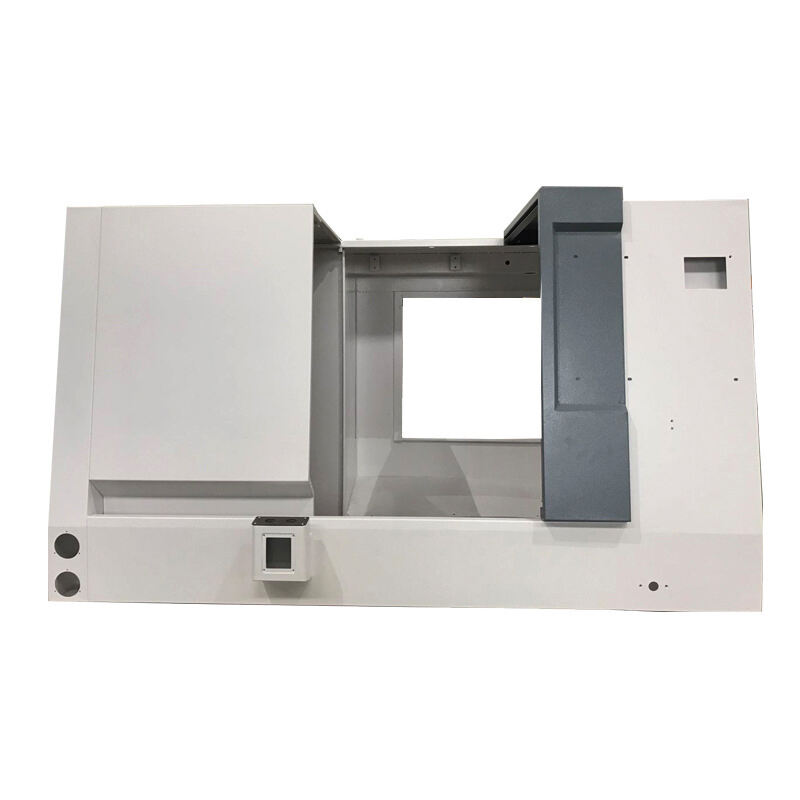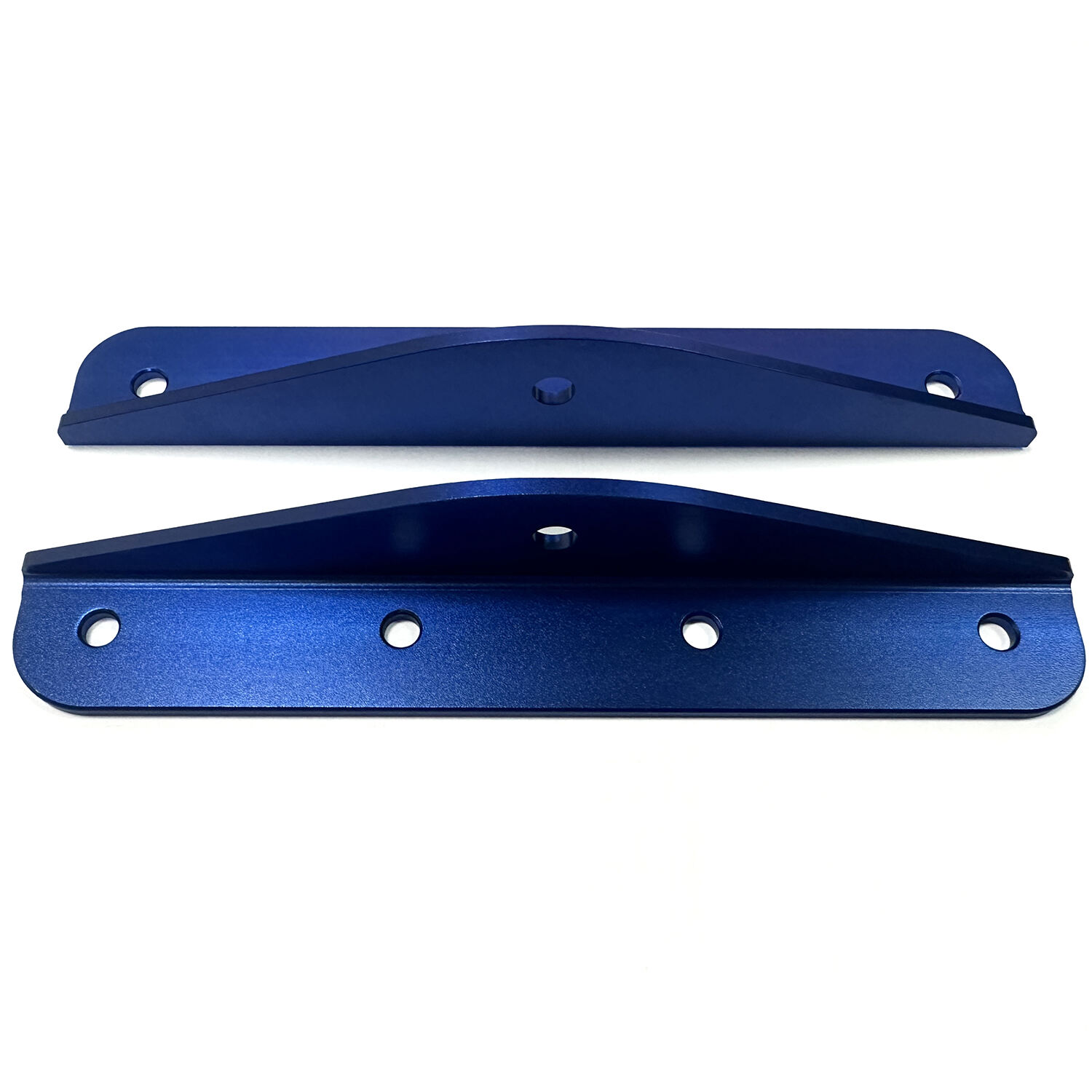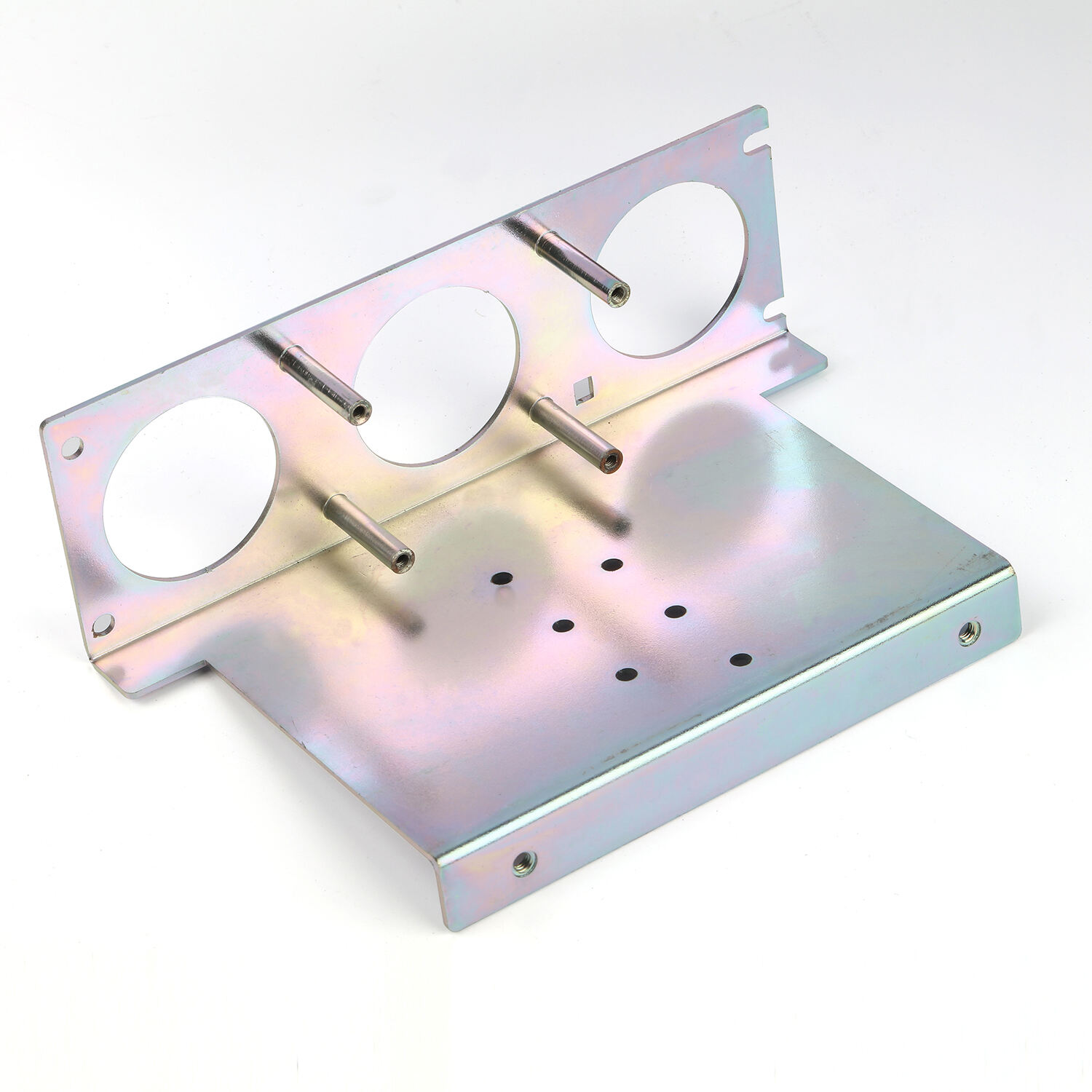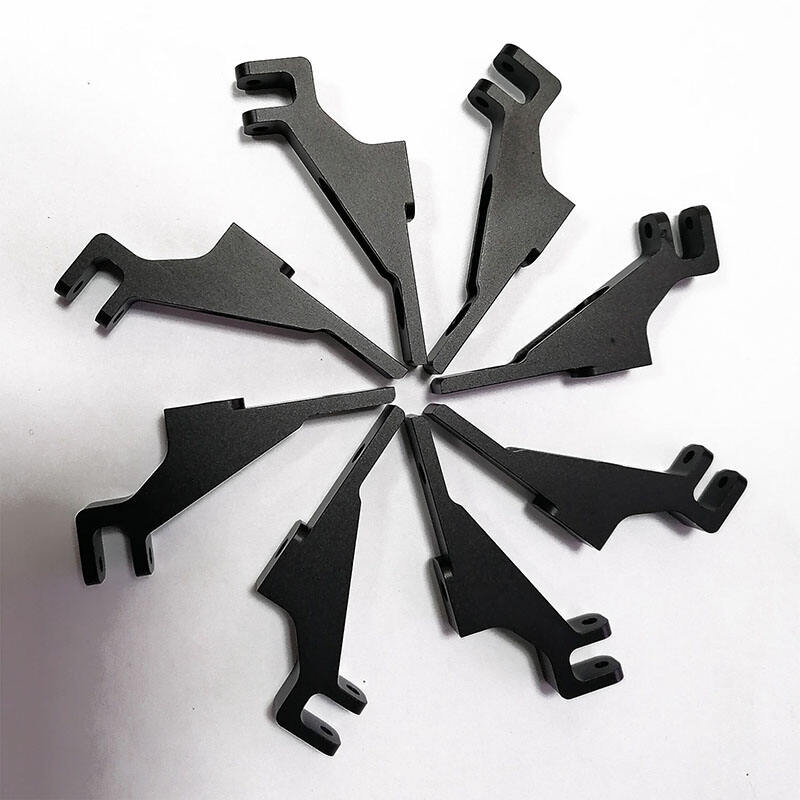CNC lathe machining: realizing the manufacturing of rotating parts
CNC lathe machining is fundamental in crafting precise rotating components using advanced technology. This process, rooted deeply in computer numerical control (CNC) technology, automates the turning process, drastically enhancing machine precision and operator efficiency. Here's a deeper dive into its mechanics and benefits.
Core Mechanics of CNC Lathe Operations
Computer numerical control makes CNC lathes much better at automating the turning process, which means machines are more precise and operators get things done faster. When working with these machines, operators feed raw stock into the lathe first. The material spins really fast while various cutting tools carve out whatever shape is needed. These machines have come a long way from old school manual lathes. They handle complicated shapes that would take hours manually in just minutes, plus they throw away way less scrap metal. Industry reports back this claim too showing around 30% reduction in wasted material when using CNC versus traditional approaches. Makes sense really since the computer controls everything so precisely.
Role of Computer Control in Achieving Tight Tolerances
Computer control systems in CNC lathes play a key role in maintaining manufacturing tolerances down to micrometer levels, creating parts with near perfect rotational symmetry. This kind of precision matters a lot in industries like aerospace engineering, where something as small as a tenth of a millimeter difference could lead to serious problems later on. Modern CNC machines actually use sophisticated algorithms throughout the machining process. They constantly analyze what's happening in real time and make adjustments as needed, which helps maintain those tight tolerances that manufacturers demand for high quality production runs.
Comparison with Traditional Metal Fabrication Methods
Compared to old school metal fabrication techniques, CNC lathe machining really shines when it comes to getting things done faster while saving money on rotating component production. Traditional approaches require lots of hands-on work from skilled workers plus hours setting everything up properly. With CNC machines, production time can drop somewhere around half depending on the job complexity. Looking at the bigger picture too, studies show these computer controlled systems actually cost less over time because they need less maintenance and create far less scrap material than conventional methods. For shops making precision rotating parts regularly, switching to CNC makes sense economically and operationally across most manufacturing situations where accuracy matters most.
Key Advantages of CNC Lathe Machining in Rotating Component Production
Superior Accuracy for Complex Geometries
When it comes to making complex parts with angles and curves, CNC lathes really shine. Modern machines can get as precise as 0.01mm, something that matters a lot when building things that need to perform under extreme conditions. Engineers love this because they can create components that actually work together seamlessly instead of just fitting together. Think about airplane engines or car transmissions where even the slightest error could cause major problems down the road. Another big plus is how these machines use statistical process controls to keep checking themselves during production runs. The system constantly adjusts itself based on real time data, so every piece coming off the line hits those tough quality requirements without fail.
Enhanced Repeatability in High-Volume Manufacturing
CNC lathe machines offer something really valuable for manufacturers - they repeat parts with incredible accuracy. When making large batches, each item comes out exactly the same way as the last one, so there are far fewer defective pieces. This matters a lot when factories need to hit quality targets across tens of thousands of products. The computer programs running these machines let shops keep quality control tight while cranking out more goods at the same time. Industry insiders often point out that shops switching to CNC lathes typically see around 90% boost in component production within the same work hours as older manual methods. That kind of jump in productivity makes a big difference in competitive markets.
Integration with Metal Stamping and Forming Processes
When combined with metal stamping and forming operations, CNC lathe machining creates some pretty impressive production possibilities. Manufacturers can work on those intricate details right there in the same setup without having to switch out tools again and again, which cuts down on how long things take to get made. Parts just flow better from one stage to the next when these different processes work together so well. No more waiting around for equipment changes or dealing with bottlenecks. For businesses where speed matters most and every measurement counts, like car makers and airplane component producers, this kind of integration makes all the difference in meeting tight deadlines while maintaining quality standards across thousands of units produced each month.
Multi-Axis Machining Capabilities
Multi axis CNC lathes mark a major leap forward in what machine shops can do, since they handle work on several axes at once. These machines let manufacturers produce complicated components all in one go without having to stop and reposition the part or run additional setups. Time savings are substantial, which matters a lot in sectors like aircraft manufacturing and car production where getting things right quickly is essential. The ability to make these intricate shapes changes how factories operate traditionally. Shops adopting this tech often see better workflow organization and fewer bottlenecks in their production lines.
Live Tooling Systems for Combined Operations
Live tooling systems on CNC lathes have changed how shops approach machining work. These setups let operators drill and mill components while they're still spinning in the machine, so there's no need to stop everything just to swap out parts. Handling time drops dramatically because workers don't spend so much time loading and unloading. What's really interesting is that this capability opens up new possibilities for creating complex features without switching machines. Shops working on parts that need multiple machining steps find this especially helpful. For manufacturers trying to cut down on production time and save money, investing in live tooling often pays off pretty quickly in both efficiency gains and reduced labor costs.
Real-Time Quality Control Through Automated Feedback
Modern CNC lathes rely heavily on automated feedback systems that keep tabs on quality right as parts get machined. Instead of waiting until after production to spot problems, these systems watch key parameters constantly, giving instant confirmation if something goes off track. The information collected throughout this process reveals where things can be tweaked, which helps boost both productivity and the final product's quality. When manufacturers start incorporating IoT tech into their setup, they unlock even more potential. Real world data becomes much easier to collect and analyze, letting companies fine tune their operations day after day. This approach not only makes factories run better but also supports greener manufacturing over time, something many shops are looking at seriously nowadays.
Industry Applications of Precision Rotating Parts
Aerospace: Turbine Shafts and Engine Components
The aerospace industry relies heavily on CNC lathe machining when it comes to making turbine shafts that need exact balance and proper aerodynamics. Without these characteristics, engine performance would suffer dramatically. Parts made for planes go through all sorts of tests before getting certified because failure isn't an option at 35,000 feet. The introduction of CNC tech has really changed things though. Manufacturers can now produce lighter but stronger components that still meet strict safety rules. For example, modern jet engines have much better fuel efficiency thanks to these advanced machining techniques. Most aerospace companies wouldn't even consider going back to older methods after seeing what CNC can deliver in terms of both quality and consistency.
Automotive: Transmission Parts and Drive Elements
CNC lathes play a big role in making transmission components and drive system parts for cars where quality just cant vary much at all. When car designs change or customers want something different, these machines can adapt pretty quickly while still keeping product quality intact. The ability to produce intricate parts means better fuel economy and improved vehicle performance overall. Automotive manufacturers have really transformed their operations since adopting CNC machining techniques. Production lines run smoother now, and they consistently deliver top notch products even when competition gets tough. Meeting today's strict manufacturing standards? Well, that would be impossible without this kind of precision work happening behind the scenes.
Medical: Implantable Devices and Surgical Tools
Medical professionals rely on CNC lathe machining to produce everything from tiny implants to complex surgical instruments where even the slightest error can be dangerous. When it comes to quality checks, there's no room for compromise in healthcare manufacturing. Regulatory bodies enforce strict guidelines so that nothing but properly tested equipment makes it onto operating tables. Recent improvements in computer numerical control tech have opened up new possibilities for customizing medical hardware. Surgeons now get tools specifically designed for individual patients' anatomies, which makes procedures safer and often more successful. These developments aren't just technical achievements they represent real progress in how we approach patient treatment today. Manufacturers continue pushing boundaries while keeping safety standards front and center in their production processes.
CNC Machining Solutions for Precision Rotating Components
Aluminum Parts with Precision Machining & Anodized Finish
When it comes to making parts that need to be light yet strong, CNC machining aluminum has become really important across many different sectors. What happens when aluminum gets anodized? Well, besides looking better, it actually stands up to wear and tear much better while resisting rust too. That's why these kinds of parts show up everywhere from aircraft components to high-end bicycle frames. The real magic lies in how precise CNC machines work their way through metal, keeping those tiny measurements spot on. Think about medical devices or automotive parts where even a fraction of a millimeter matters for safety reasons. Getting that kind of accuracy right while still keeping things lightweight is what makes this process so valuable in today's manufacturing world.

Custom Stainless Steel Milling for High-Stress Applications
Stainless steel custom milling plays a vital role in making long-lasting parts needed for tough conditions found in automotive and aerospace industries. What makes stainless steel so special? Its natural chemical makeup works wonders when combined with modern CNC machining methods, giving us components that resist rust and hold up under intense pressure. These parts don't just survive harsh environments they actually perform better over time. Recent improvements in CNC technology have really boosted production speeds too, which matters a lot when manufacturers need thousands of identical parts fast. For companies looking at their bottom line while maintaining quality standards, understanding how these precision machining processes work together opens up new possibilities across various manufacturing applications.

Rapid Prototyping Services for Complex Rotating Assemblies
For manufacturers working with CNC machining, rapid prototyping services have become game changers. These services let businesses create and test complicated rotating parts long before going into mass production runs. Companies save months on getting products to market while still ensuring top notch quality thanks to repeated testing cycles. As CNC technology keeps advancing, we're seeing even better results from prototype work these days. Machines can now handle much faster turnaround times and produce designs that were impossible just a few years ago. This makes all the difference in sectors like aerospace and medical device manufacturing where being first to market often determines success. Many shops offer specialized rapid prototype machining for stainless steel and aluminum components using advanced turning and milling techniques.
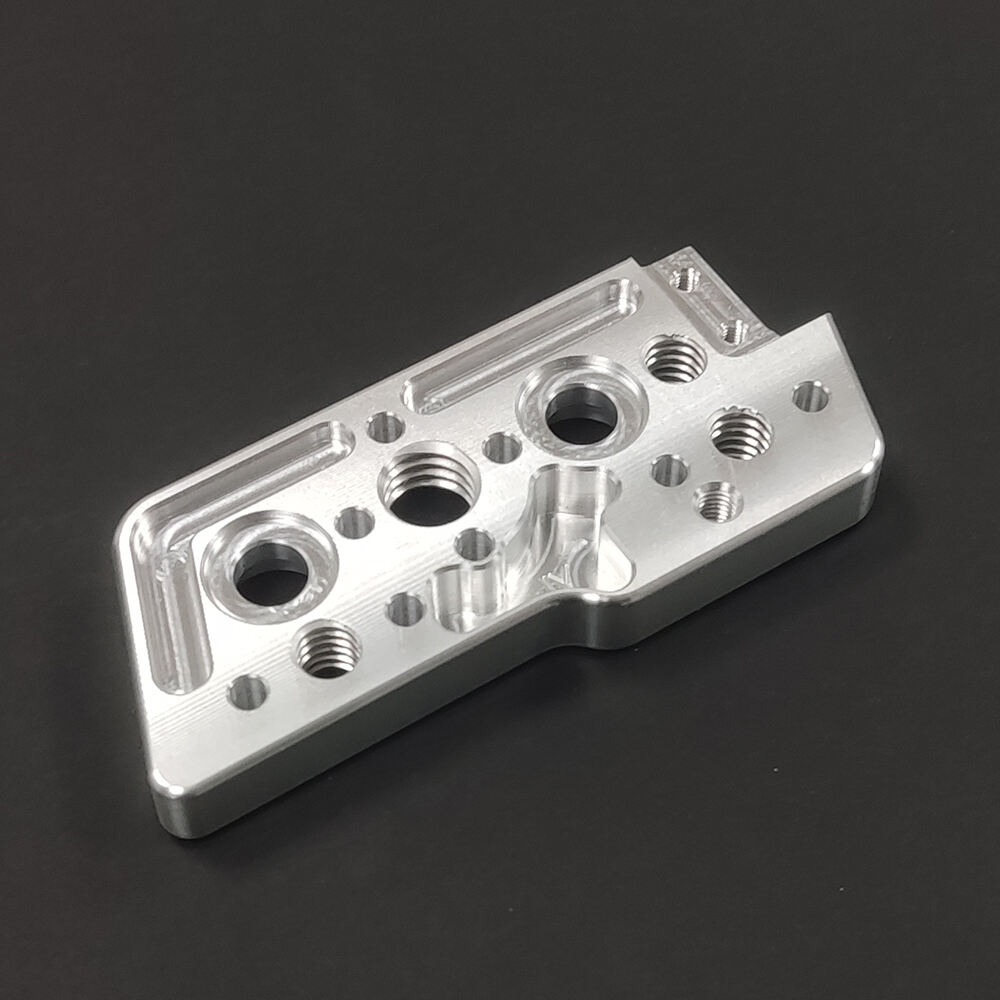
Selecting Optimal CNC Lathe Services
Material Considerations: From Sheet Metal to Exotic Alloys
When selecting CNC lathe services, knowing what kind of material we're working with matters a lot for getting good results. Sheet metal versus those fancy exotic alloys make all the difference in how we approach machining work, and this choice directly impacts how long things take and what it will ultimately cost. Materials have their own characteristics too strength levels, how they bend under pressure, and how well they resist rust or degradation these factors need to line up with what the finished product needs to do. Take sheet metal for instance it gives designers more room to play around with shapes and forms. On the flip side, those special alloy materials pack a punch when it comes to strength, making them ideal choices where conditions get tough, think about parts used in aircraft engines or other high stress aerospace components.
Evaluating CNC Router vs. Lathe Capabilities
When deciding between CNC routers and lathes, it really comes down to what the project actually requires. Lathes work best for making round parts where precision matters most, whereas routers handle flat surfaces and 3D shapes much better. Making this comparison isn't just about picking tools randomly it's about matching equipment to the job at hand so factories run smoother and faster. Getting familiar with these differences makes all the difference in shop floor productivity. The right choice means better results and fewer headaches trying to force one machine to do something it wasn't designed for.
Certification Requirements for Mission-Critical Parts
In industries like aerospace and medical device manufacturing, understanding what certifications are needed for CNC lathe work means the difference between passing inspection and getting shut down. When a service provider has proper certification, they've gone through strict checks to prove they can make those really important parts that literally keep planes flying or people alive. Staying current with all these certification updates isn't just good practice it's basically table stakes if companies want to keep winning contracts while maintaining their reputation for quality. These official stamps of approval do more than just look good on paper they actually build confidence among customers who need absolute precision when their products hit the market.
Recommended Products
Hot News
-
What is MIM processing method?
2025-11-25
-
Does copper for conductive purposes need surface treatment?
2025-11-21
-
Advantages of CNC machining
2024-01-16
-
What is CNC machining technology?
2024-01-16
-
The development trend of CNC machining
2024-01-16
-
Surface treatment technology in CNC machining: improving product added value
2025-03-20
-
What is the difference between SS316 and SS316L?
2025-11-10
-
Good news -100pcs large mechanical equipment casings have been produced
2025-11-11
-
Surface treatment of stainless steel - powder coating or spray painting
2025-11-13
-
What Role does Sheet Metal Shell Processing Play in Electronic Products?
2025-12-04

 EN
EN
 AR
AR
 CS
CS
 DA
DA
 NL
NL
 FI
FI
 FR
FR
 DE
DE
 EL
EL
 IT
IT
 JA
JA
 KO
KO
 NO
NO
 PL
PL
 PT
PT
 RU
RU
 ES
ES
 SV
SV
 TL
TL
 ID
ID
 VI
VI
 TH
TH
 MS
MS


